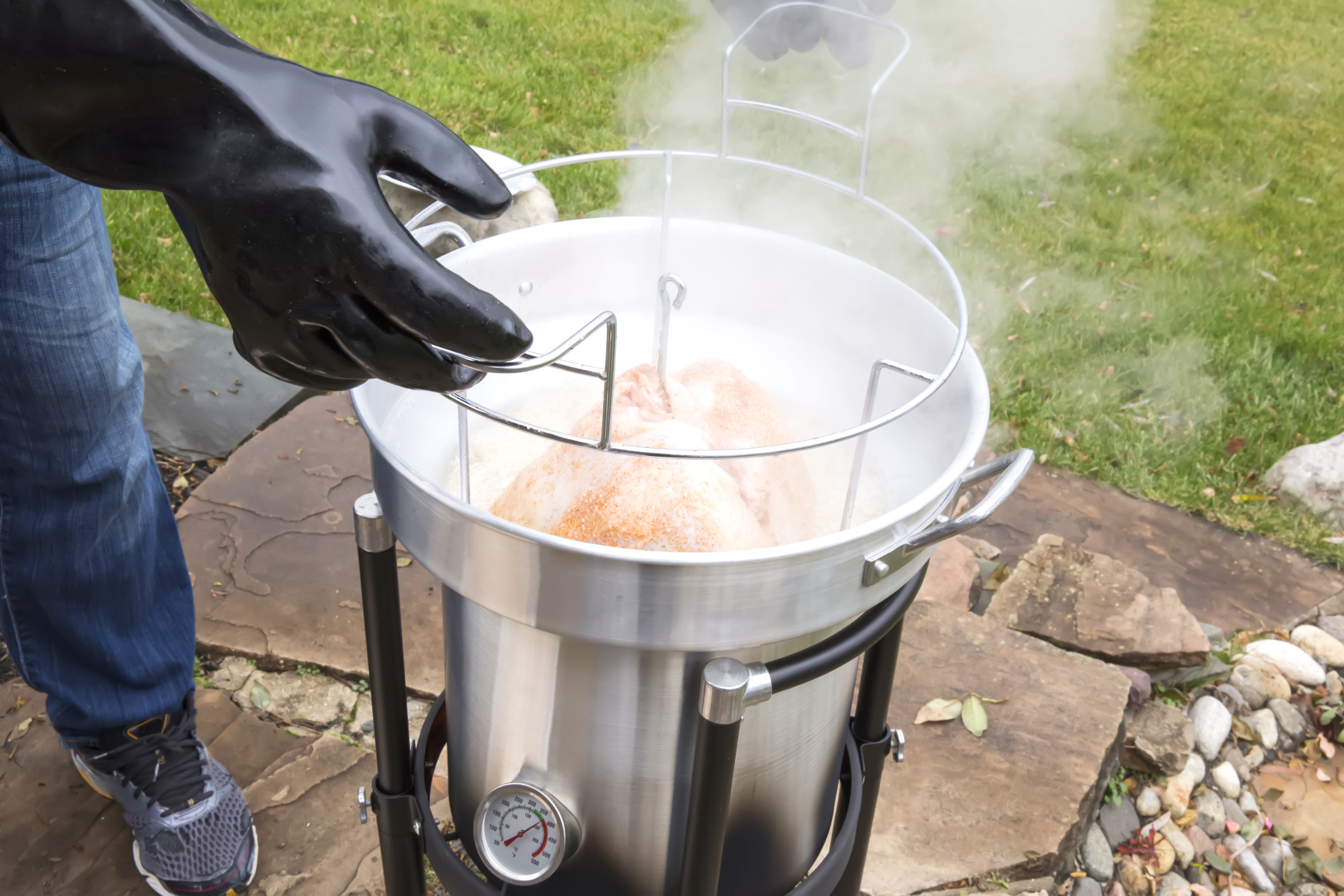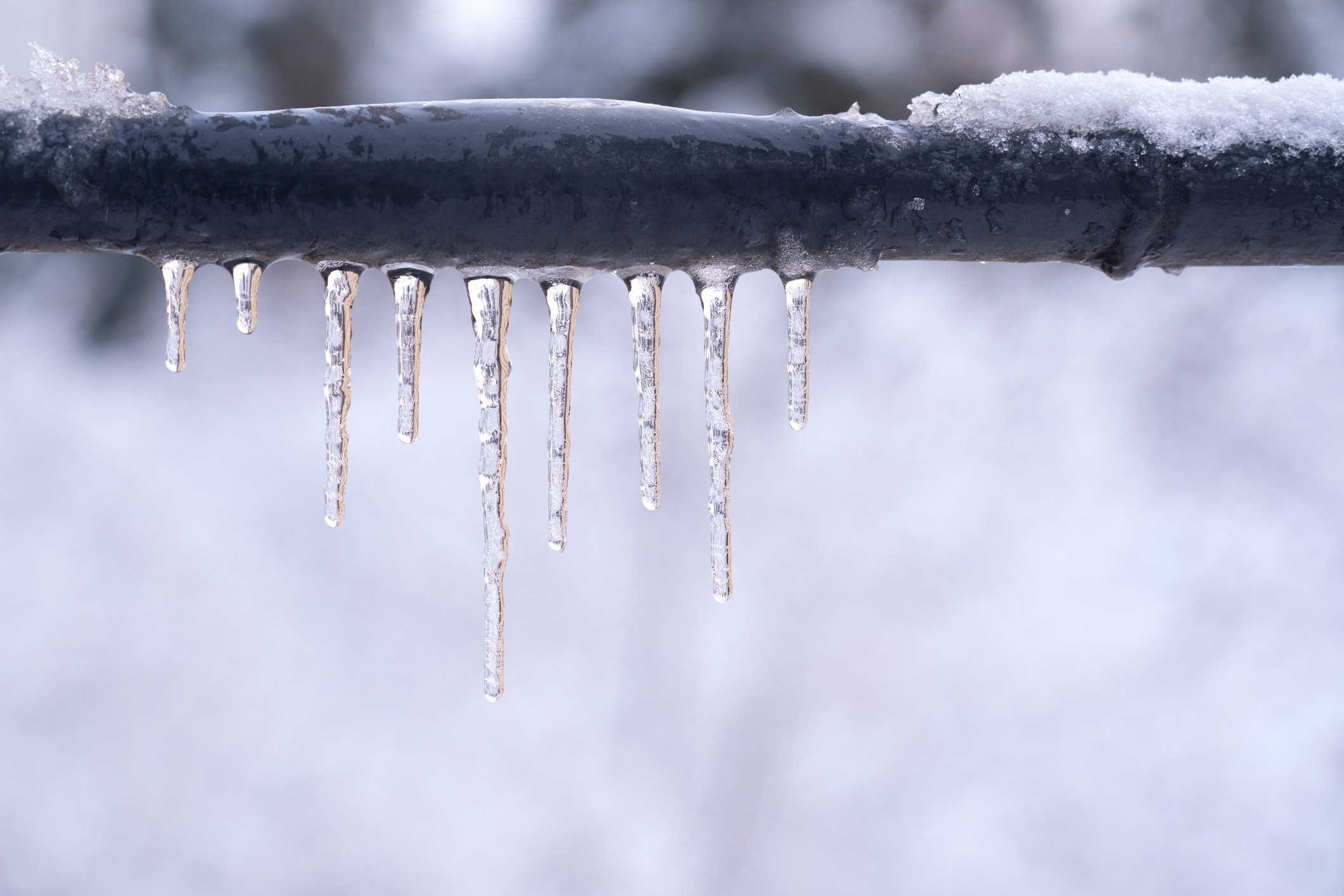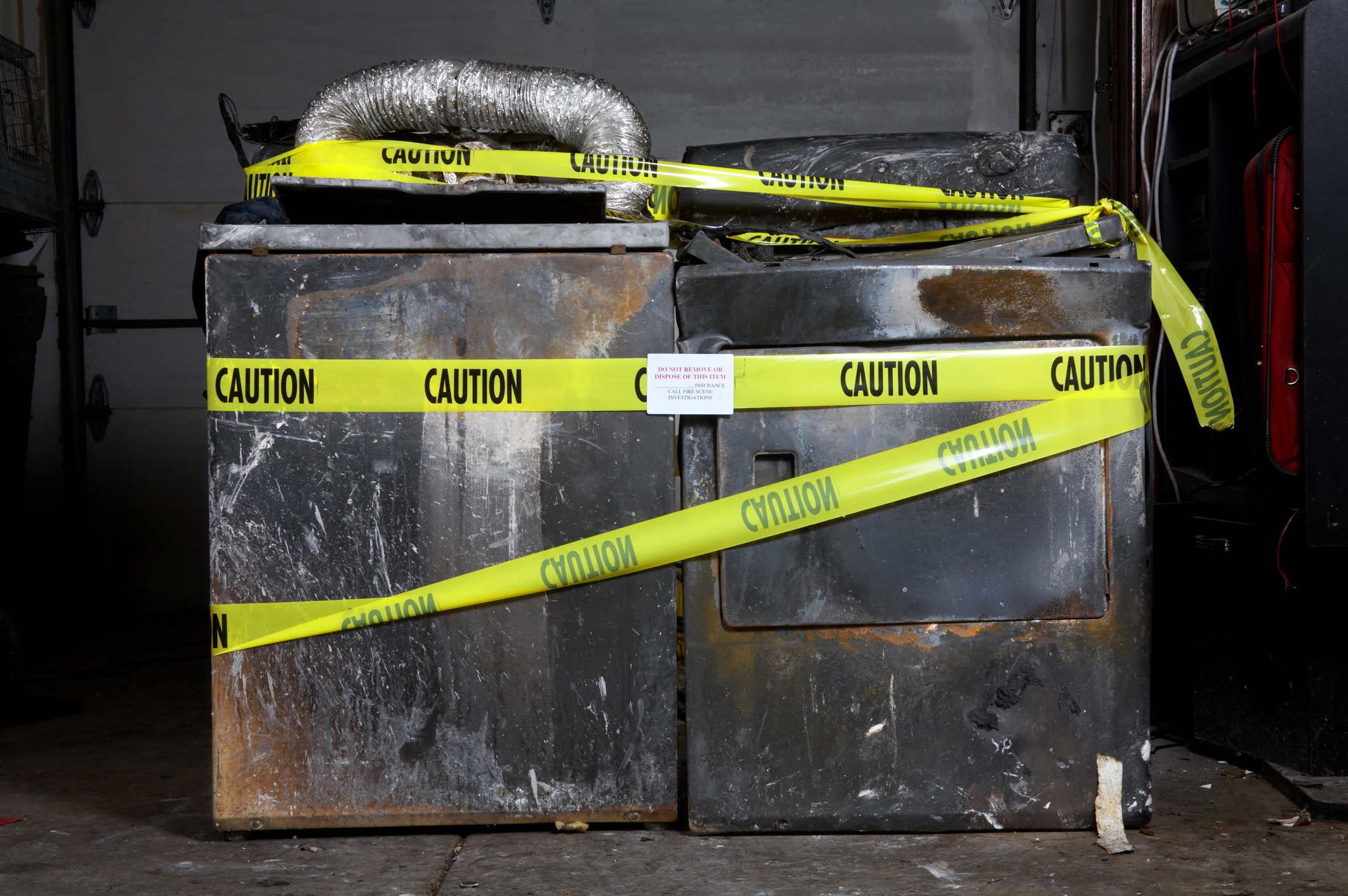Water damage is a common and often costly issue that homeowners may face. Understanding the different types of water damage is crucial for proper mitigation and insurance claims.
In this article, we will explore the three categories of water damage, what homeowners need to know about them, and the types of water damage typically covered by homeowners insurance.
We will also touch upon specialty drying situations.
Category 1: Clean Water Damage
Category 1 water damage is the least severe and poses the lowest health risk. It involves clean water from sources like broken water supply lines, faucets, or rainwater that has not been contaminated.
While Category 1 water damage may seem less harmful, it can still lead to substantial property damage if not addressed promptly.
What to Know
- A quick response is crucial when it comes to Category 1 water damage. Even clean water can cause structural damage and lead to mold growth if it’s not dried in a timely manner.
- You may be able to manage Category 1 water damage yourself, but it never hurts to seek help from a 24/7 emergency restoration service just to be safe.
Category 2: Grey Water Damage
Category 2 water damage is characterized by water that contains contaminants and may lead to illness if ingested, or irritation if exposed to the skin.
This water usually comes from sources like dishwashers, washing machines, or toilet overflows (fecal matter excluded).
More attention and precautions during cleanup are required with Category 2 water damage.
What to Know
- Dealing with Category water damage poses potential health risks, so it’s advisable to wear protective gear — gloves, mask, etc.
- To ensure safety and prevent further damage, professional cleanup and disinfection may be necessary.
Category 3: Black Water Damage
Category 3 water damage is the most severe and hazardous type of water damage. It involves water from highly contaminated sources like:
- Sewage Backups
- Flooding from Rivers or Streams
- Water contaminated with Fecal Matter.
This type of water damage poses serious health risks and demands immediate attention from professionals.
What to Know
- Do not under any circumstances attempt to clean up Category 3 water damage without proper training and protective equipment.
- Black water can contain harmful bacteria, viruses, and other pathogens, making it extremely dangerous to human health.
- Extensive remediation is often required to decontaminate the affected area and ensure that there are no post-cleanup health risks.
For more on water damage and the issues that it can cause, check out our article: Why You Should Always Let A Professional Restoration Company Handle Water Damage
What Does Homeowners Insurance Cover?
Homeowners insurance typically covers water damage caused by sudden and accidental incidents. Here’s what homeowners need to know about insurance coverage and filing claims in the event of water damage:
- Category 1 and 2 Water Damage: Homeowners insurance policies often cover damage caused by clean and grey water sources, however, coverage can vary depending on the policy.
- Carefully review your specific terms and limits to understand what may or may not be covered.
- Category 3 Water Damage: While insurance may cover some aspects of Category 3 water damage, it usually requires an additional or specialized policy for full protection.
- Discuss this with your insurance provider and consider purchasing flood insurance if you live in a flood-prone area.
Learn more about what types of water damage are covered by homeowners insurance here: Flood Damage and Water Damage: What’s the Difference?
Specialized Drying Techniques
In some cases, specialty drying techniques may be necessary to mitigate water damage effectively. Here are a few situations where specialized drying methods come into play:
Hardwood Floors
Water infiltration into hardwood floors can lead to warping and damage. Specialty drying equipment and techniques, like injecting warm air beneath the floorboards, may be required to salvage hardwood surfaces.
Crawl Spaces and Attics
These confined spaces can be challenging to dry properly. Dehumidifiers and fans may need to be strategically placed to address moisture issues.
Wall Cavities
Water can seep into wall cavities, leading to hidden mold growth and structural damage. Infrared cameras and specialized drying equipment can help locate and remediate hidden moisture.
A top water damage restoration service — like 24 Hour Flood Pros — will be fully equipped with the tools and experience to effectively dry any situation.
Contact 24 Hour Flood Pros Today!
Understanding the different categories of water damage is vital for homeowners to respond appropriately and prevent further harm. While homeowners’ insurance typically covers Category 1 and 2 water damage, Category 3 incidents may require additional coverage.
Specialty drying situations may demand professional expertise and equipment to ensure complete restoration and prevent long-term issues like mold growth.
It’s crucial to know when to contact the pros for the most effective and immediate water damage restoration and mold remediation service. Don’t wait until it’s too late!







